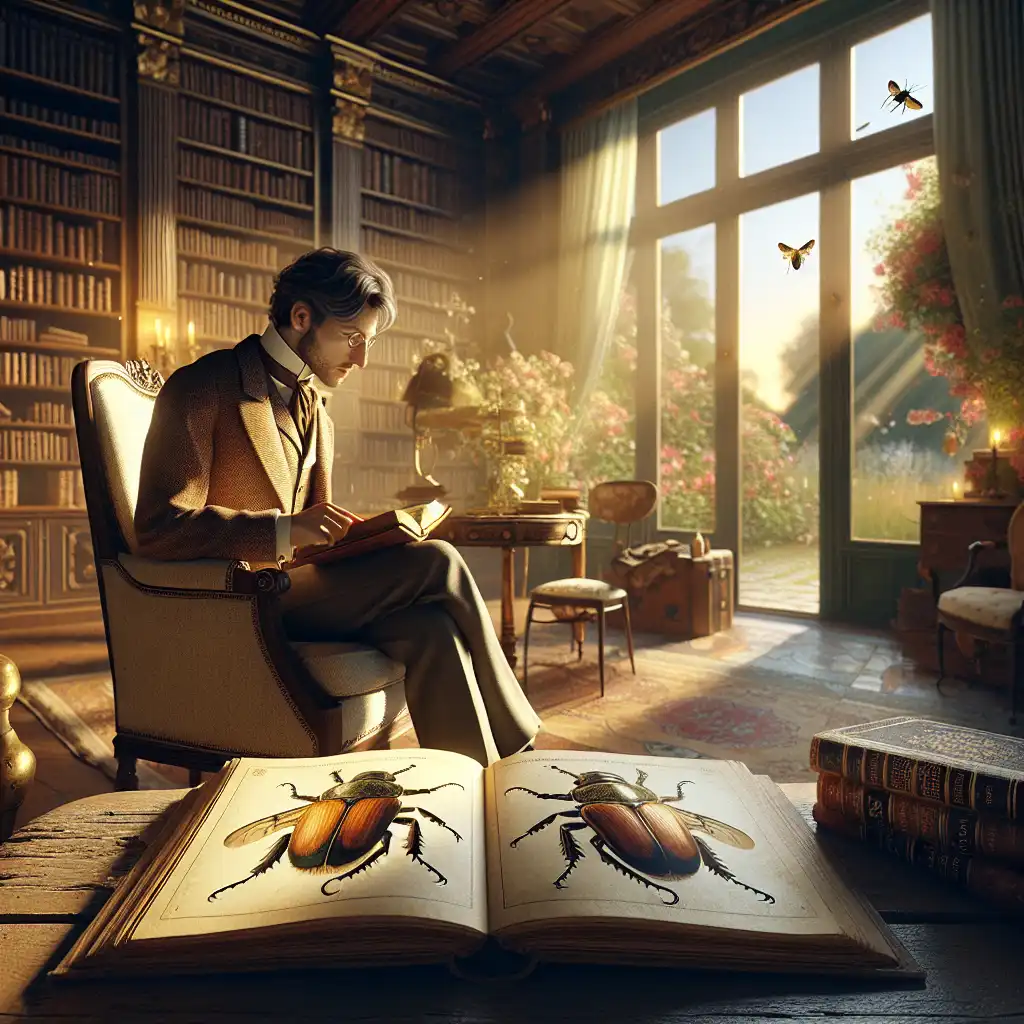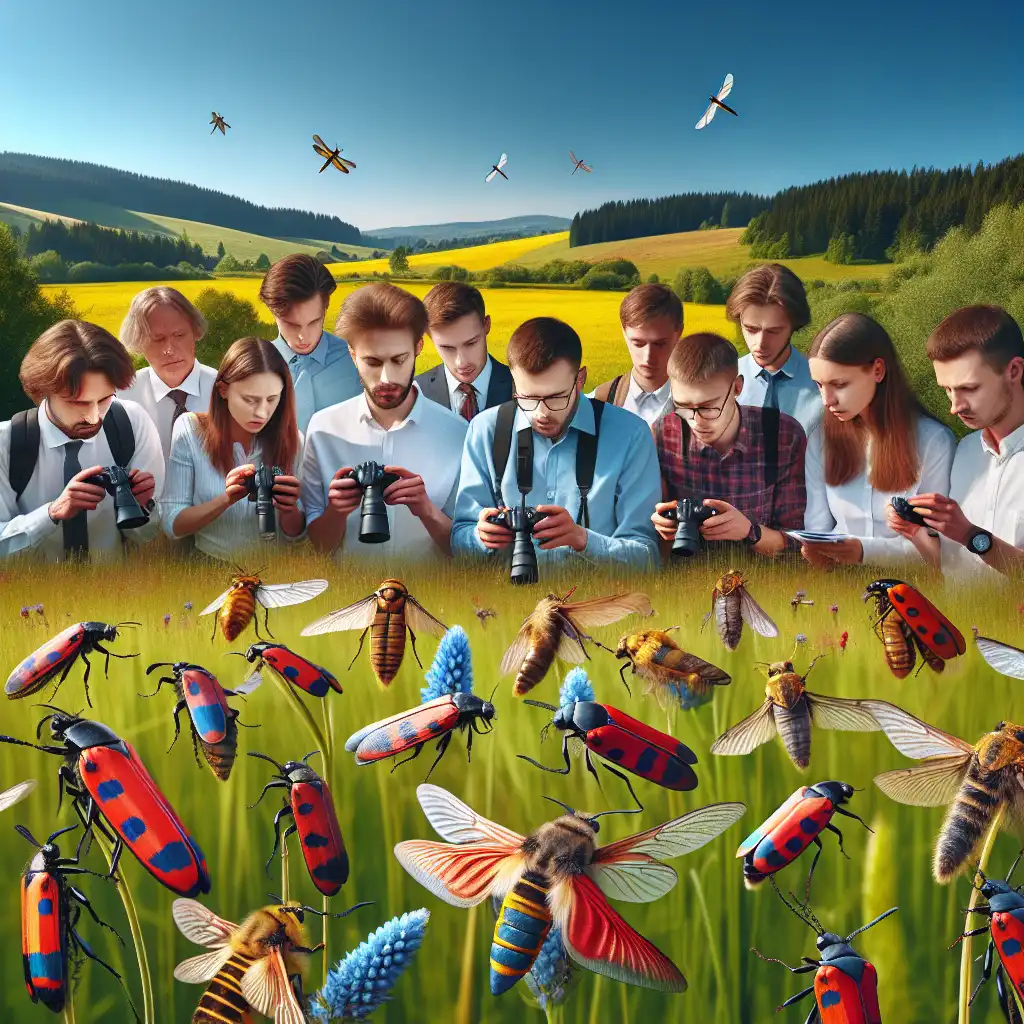
Cockchafer
Uncommon Word
Cockchafer isn't widely used today, but it appears in historical texts.  While reading old literature, you might come across the term 'cockchafer' referring to common beetles.
While reading old literature, you might come across the term 'cockchafer' referring to common beetles.
Entomology Interest
The term 'cockchafer' is often used by entomologists discussing beetle species in Europe.  Entomologists in Europe study the patterns of the 'cockchafer' as part of their research.
Entomologists in Europe study the patterns of the 'cockchafer' as part of their research.
Seasonal Appearance
Cockchafers are more visible during springtime at dusk, which is a key seasonal context.  Many people notice the cockchafer during spring evening walks in the park.
Many people notice the cockchafer during spring evening walks in the park.